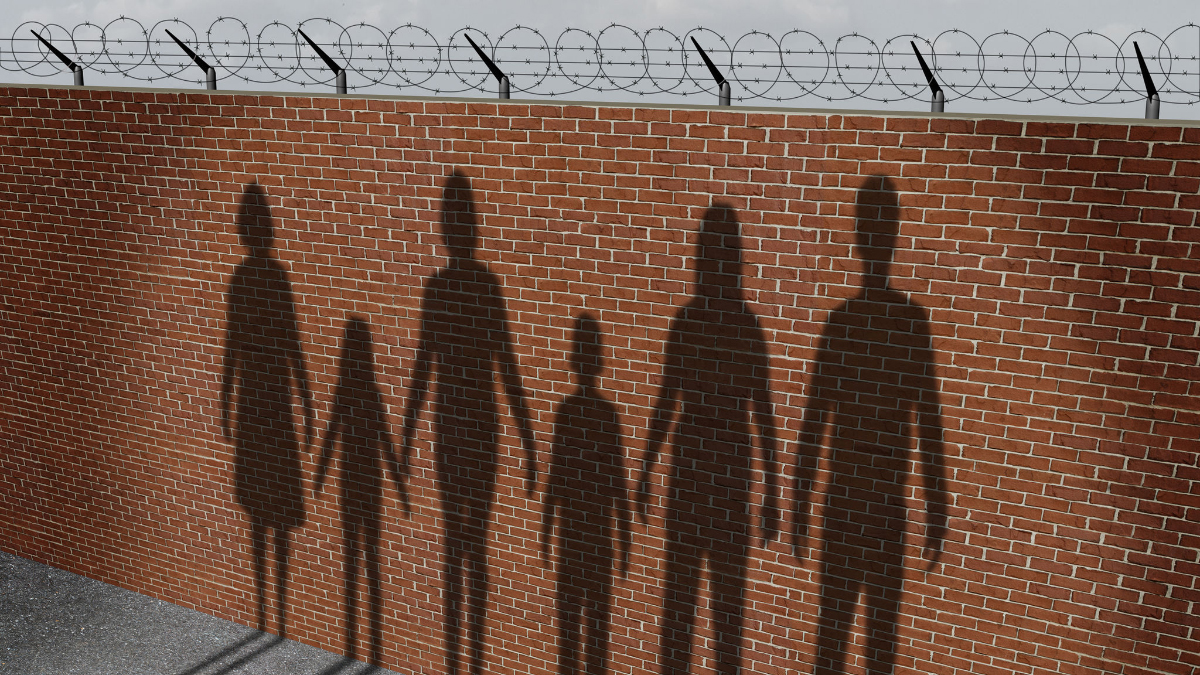During a rally in Youngstown, Ohio, President Trump told a gruesome story of immigrant “animals” who “slice and dice” beautiful young girls in the United States. His deportation program, he said, would “stop protecting” these dangerous criminals.
This is not the first time Trump has brought up immigrant violence. During his campaign he told several stories about individuals killed by illegal immigrants, including a 90-year old Minnesota farmer who was robbed and beaten to death. As president he invited family members of victims of such crime to his address to a joint session of Congress. It’s commonplace for politicians to talk about murder and mayhem in order to promote tougher immigration policies.
What these stories neglect, however, are the statistics regarding immigration and crime. Anecdotes, while recounting undoubtedly tragic events, are not representative of a typical immigrant—legal or illegal. They are what statisticians call outliers, data points far from the rest of the observed dataset.Understanding how outliers are used in political rhetoric is important, particularly when the purpose is to sway policy decisions. Outliers by definition have the potential to greatly skew results—and people’s perceptions.
The use of stories like the ones Trump recounts may bias perceptions about the danger from immigrants, particularly those who have come to the United States illegally. Without a doubt, some undocumented immigrants have committed serious crimes. These are exceptions, however, not the rule. In fact, extensive research shows that native Americans are nearly twice as likely to be incarcerated as illegal immigrants and more than 3 times as likely as legal immigrants.
Contrary to Trump and others, mass deportations would make communities less safe. Immigrants, legal or illegal, who fear being deported are much less likely to report crimes to the police. This “chilling effect” makes solving crimes more difficult. Several reports have already demonstrated that victims of domestic violence refuse to testify against their abusers for fear of being deported. Under a policy of mass deportation, that fear would spread to other types of crime, leaving criminals free to victimize immigrants.
Many argue that we must do more to protect Americans from immigrant crime. Few would disagree that any immigration policy should consider the safety and well-being of current U.S. citizens. However, when we hear fear-mongering about immigrants, we should remember that immigrant outlaws are outliers—not the norm.
Immigrants—people who bring so much economic and cultural richness to our country—shouldn’t be penalized as a group for the actions of few. Using a handful of bad actors to justify a policy directed at all undocumented immigrants would result in a costly program that does little if anything to improve the lives of Americans.
Crime isn’t the only argument Trump and others make against immigrants. They argue that removing and reducing the inflow of immigrants would increase wages and employment opportunities for American workers. Studies show, however, that immigrants actually increase wages and opportunities for Americans. As opposed to being substitutes for American workers, immigrants have skills that complement native-born labor. This allows U.S.-born workers to be more productive and boosts wages.
As for the cost of mass deportations, in addition to the billions of dollars needed to apprehend and remove undocumented immigrants, U.S. economic output would fall by nearly $5 trillion over the next decade.
How would that help Americans?









